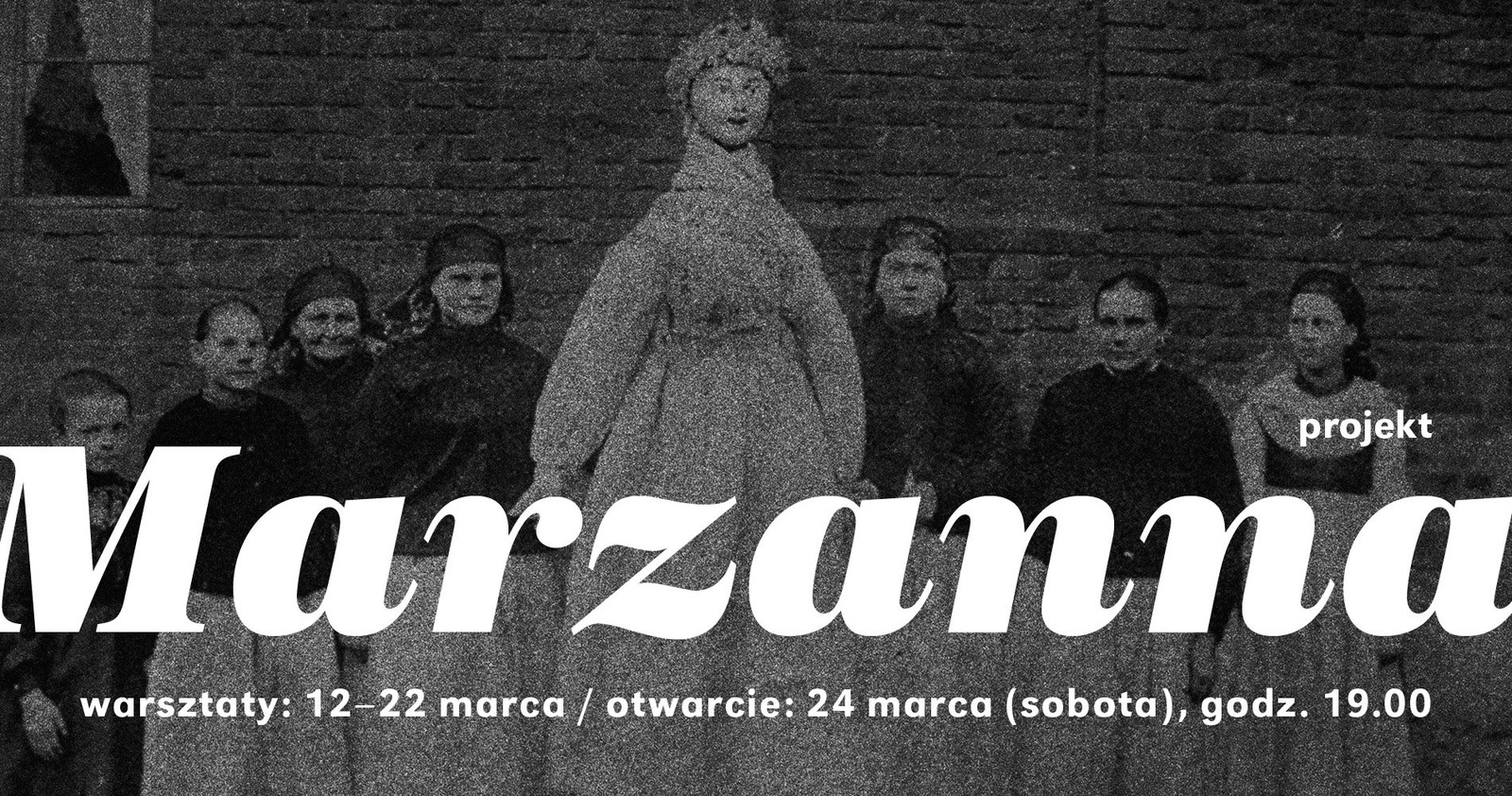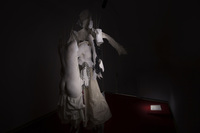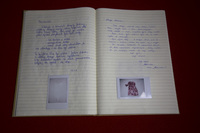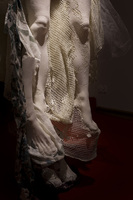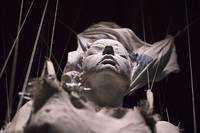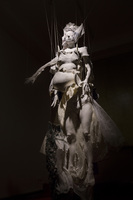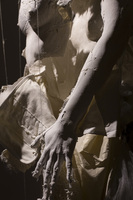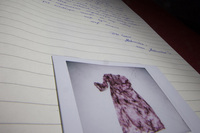In 1929, Virginia Woolf advocated for female artists to have their own income and their own locked room. In 2018, a studio of one's own is still a dream for most female artists.
Some of them create in the kitchen, just after feeding the children, or in their own bedroom, where, with time, there is only room for works, sculptures, paintings. They dream of their own space and time for themselves, which is occupied by remorse. Statistics show that equality under the law does not translate into everyday life.
80% of all household duties are taken on by women, often of their own free will. 80% of mothers take care of their sick children, leaving their jobs solely because their partner earns more. Meanwhile, there is no real valuation of the domestic work of women/mothers. Examples could be multiplied.
Women/wives/mothers, laden with large grocery bags, rush to keep up with the multiplying duties, driven by their own remorse or an unhealthy striving for perfection created by their own mothers and their mothers' mothers.
Dorota Hadrian, who was invited to participate in the "Służbówka" (Servant's Room) project, using the issue of widely understood economic and cultural violence against women, in this case artists, as a starting point, decided to invite other women to symbolic action. She proposes sisterly creation - or rather restoration - of the lost status of both the mother as the goddess of fertility and the woman as the goddess of her own corporeality, with her value affirmed. The lost status of the goddess is fully revealed to us by the story of Marzanna. Marzanna, who used to be a worshipped Slavic goddess, was reduced to the role of a puppet - a pusher, a symbol of winter. Exposed to mob violence, having her dress torn off, drowned in puddles, drowned in a nearby river and burned like a witch - she will be sewn up anew in Kronika. Her status as the Ruler of Life and Death will be restored. The multiform Slavic goddess was the ruler of souls on the one hand, and mother and daughter on the other. She had the power to rejuvenate herself and transform into her own daughter. She possessed a golden key that opened the gates to the afterlife and the successive seasons. This inner goddess, mistress of her own life, will be recreated by women invited by Dorota Hadrian to create sculptures from discarded materials, at the same time burdened with a huge emotional load: their own wedding dresses, fabrics and objects. The Goddess will reflect an attitude of self-examination, self-discovery and rebirth. Referring to Leonardo da Vinci's Vitruvian Man, Hadrian transcends the ideal proportions of outstretched male arms, creating a figure with elongated, multiplied female arms, thus transforming the ideal vision of the architectural order of the male world into one that draws on the construction of one's own everyday life. Dorota Hadrian invites all willing women to banish winter and enter the full bloom of spring. As part of the stitching together of a common goddess, a collective action will take place from 12 to 23 March, a female creation: sculpting, sewing, talking, casting selected parts of the body and fitting them into a multiform Marzanna.
Workshop dates:
12 -22 March,
Mon, Tue - 12.00 pm - 3.00 pm
Wed, Thu - 3.00 pm - 6.00 pm
Sat - 17.03 - from 11.00 am to 3.00 pm
Dorota Hadrian (1984) - graduated in Sculpture from the Academy of Fine Arts in Krakow. In her artistic work, she refers to iconographic patterns developed by classical European art and uses cultural, multifaceted references, allusions and quotations. The theme of her research is the fight against stereotypes in culture and pop culture. The artist's main means of expression are sculpture, video and painting. She has participated in numerous group and solo exhibitions. In 2008, she was awarded the Jan Matejko scholarship, and in 2010 and 2014 she was a scholarship holder of the Ministry of Culture and National Heritage. She lives and works in Bytom.
"Służbówka" (Servant's Room) is a long-term artistic project. Its overarching goal is to activate local communities by introducing art into their everyday lives. Key to the programme is the fact that during the educational process, art is treated as a tool that works in the real world. It also addresses the problem of lack of participation in events in the field of visual arts and related artistic disciplines for city dwellers, especially those from difficult backgrounds. The project takes its name from the place where its effects will ultimately be presented: one of the rooms of the Kronika CCA, which used to be a servant's quarters. By using it for this purpose and keeping the original name, we want to symbolically reverse the roles: the gallery room will now play a servant role for excluded communities, a place where they can express themselves creatively. It is intended to give voice to unheard, disadvantaged communities, such as certain professional groups with specific problems, national minorities, the long-term unemployed, for example. The task will consist in creating an exhibition around the problem of a specific social group, together with its representatives.
- Exhibition
- 24 March ‒ 28 April 2018
- artist: Dorota Hadrian
- curator: Katarzyna Kalina
- collaboration: Agata Cukierska
- as part of the Służbówka (Servant's Room) cycle
